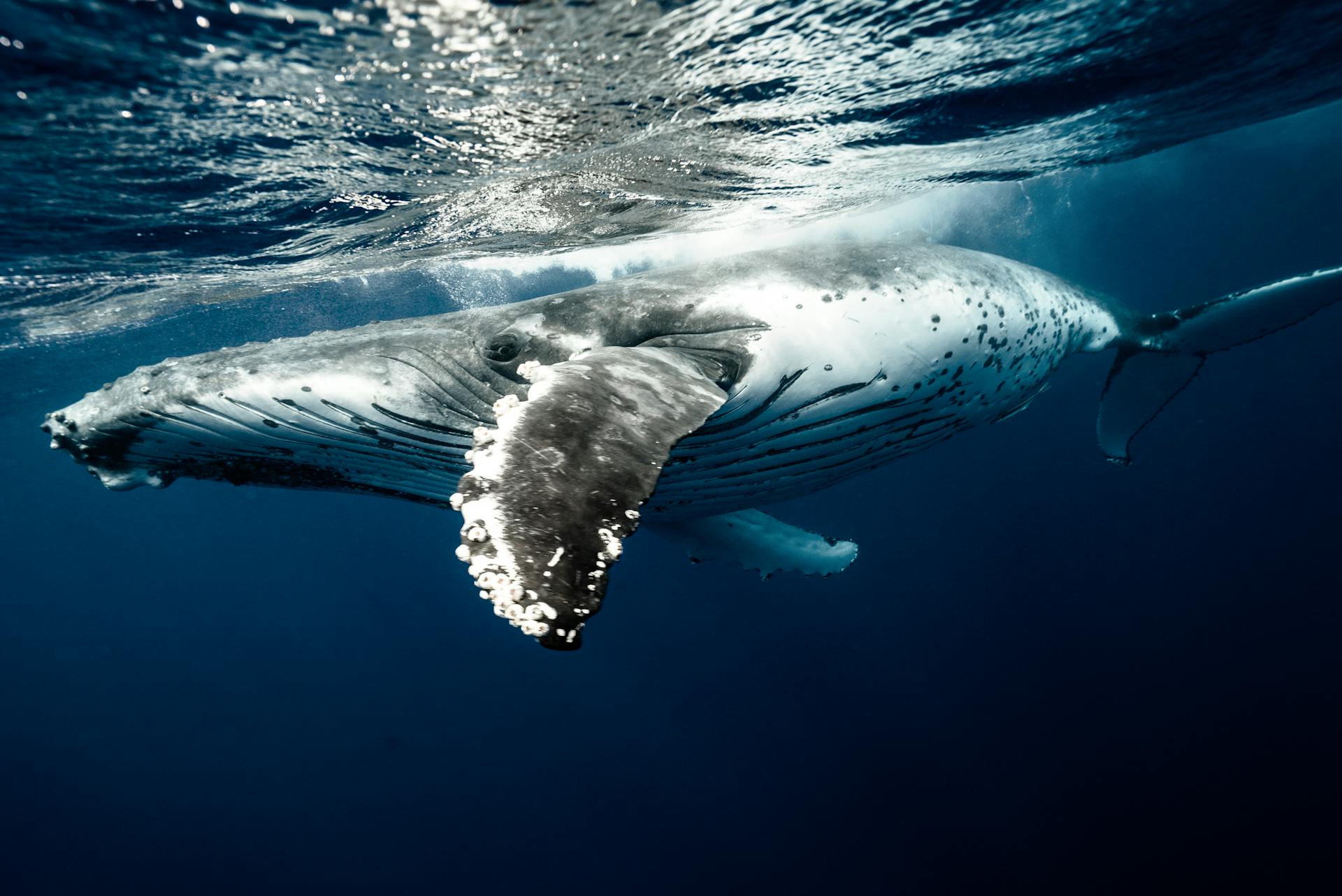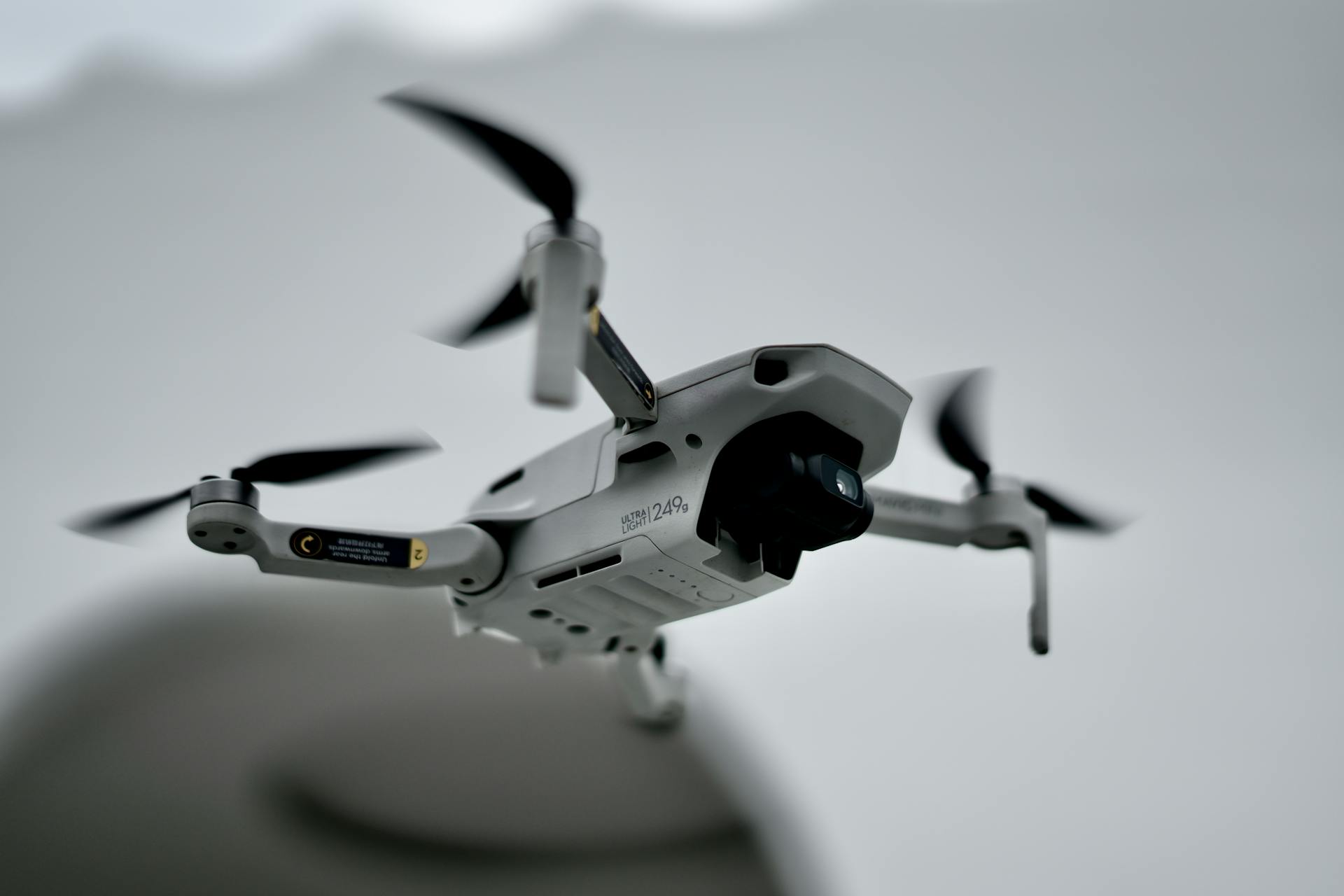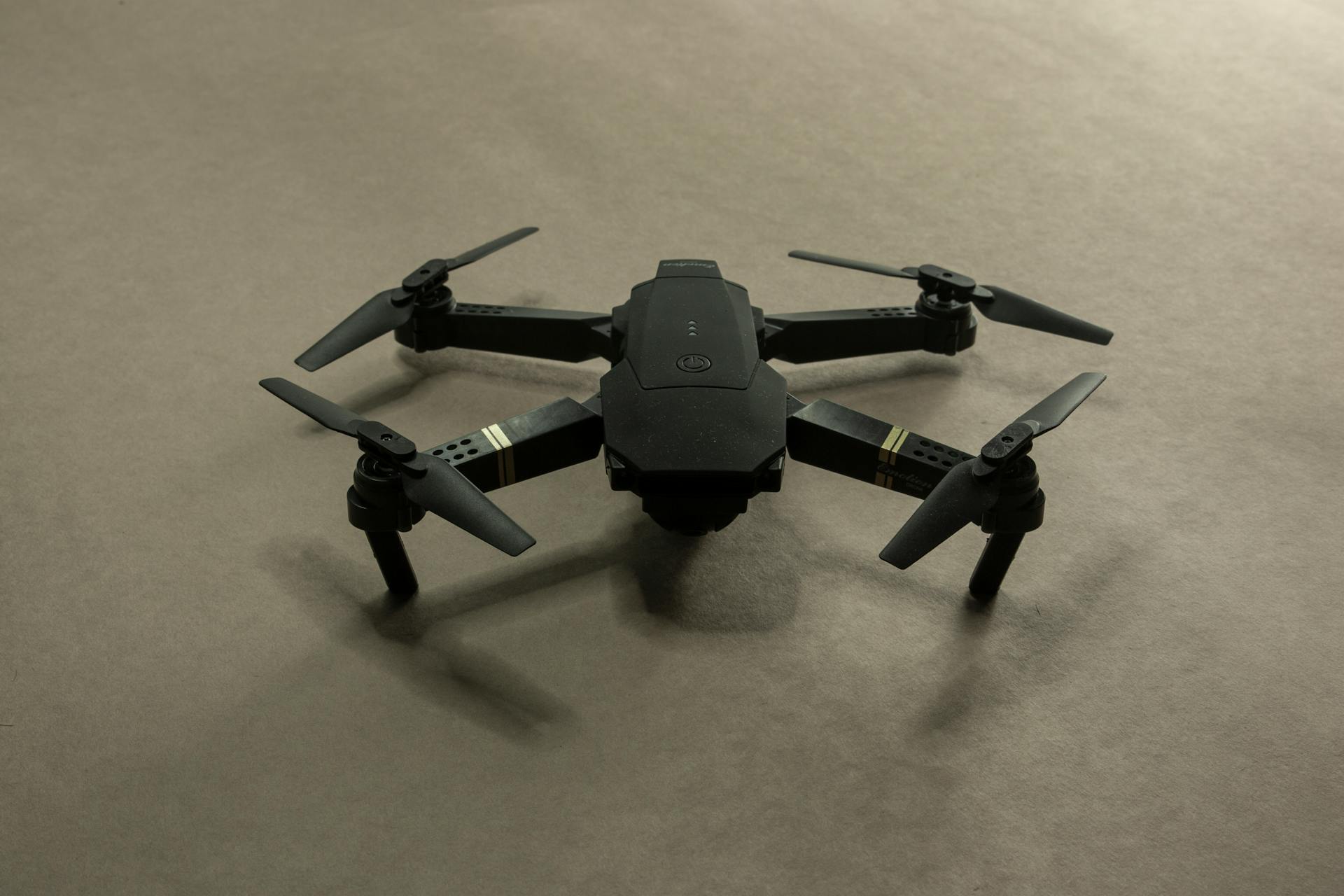
Underwater drone military technology has revolutionized modern warfare by providing a stealthy and efficient means of gathering intelligence and conducting operations.
The US Navy's Orca XLA drone, for example, can operate at depths of up to 20,000 feet and stay submerged for weeks at a time.
With its advanced sensors and communication systems, the Orca XLA can transmit real-time video and data to commanders, enhancing situational awareness and decision-making.
These drones have already been deployed in various parts of the world, including the Middle East and Asia, where they have played a crucial role in supporting naval operations.
DARPA's Underwater Drone Projects
DARPA is working on a range of underwater drone projects, including the Manta Ray UUV prototype.
The Manta Ray completed full-scale, in-water testing off the coast of Southern California, demonstrating at-sea hydrodynamic performance, including submerged operations using all of its modes of propulsion and steering.
The Manta Ray is a large UUV that can operate without the need for on-site human logistics and can anchor to the seafloor and hibernate in a low-power state.
Intriguing read: Manta Ray Military Drone
It's designed for easy transport and assembly on-site from five standard shipping containers, so it could likely be launched from a dock or even a ship at sea.
The Manta Ray is payload-capable to support a variety of missions, including undersea mapping, mine detection, and passive surveillance.
The U.S. Navy is aiming to develop and demonstrate a new class of long-duration, long-range, payload-capable UUVs ready for persistent operations in dynamic maritime environments.
Some potential roles for the Manta Ray include serving as a mother ship for smaller UUVs, conducting undersea mapping, mine detection, and passive surveillance.
Here are some key features of the Manta Ray:
The Manta Ray's modular design could allow for different mission-specific components to be added or removed as needed.
The U.S. Navy is working with DARPA to develop and demonstrate this technology, with Northrop Grumman and PacMar Technologies continuing testing of the Manta Ray prototype.
Underwater Drone Technology
Underwater drone technology has come a long way in recent years, enabling military applications that were previously unimaginable.
These underwater drones, also known as Autonomous Underwater Vehicles (AUVs), can operate for extended periods, sometimes up to several weeks, and dive to depths of over 6,000 meters.
Their advanced sensors and sonar systems allow them to gather critical data, such as ocean currents, water temperature, and marine life patterns.
This technology has the potential to revolutionize military operations, providing real-time intelligence and enhancing situational awareness.
Smarter Data Collection
Smarter Data Collection is a game-changer in underwater exploration. Our UUVs can be deployed by submarines, surface vessels, or even two-man teams, providing a safer and more extensive underwater reach.
These autonomous underwater vehicles can be part of an interconnected ecosystem, working together with other surface and undersea vessels. This setup allows for more efficient data collection and analysis.
By using UUVs, sailors can stay out of harm's way while still gathering crucial information from beneath the surface. This is a huge advantage in underwater missions, where safety is always a top priority.
These underwater drones can be deployed in a variety of situations, from naval operations to underwater research and exploration.
Fish in Water
The Manta Ray underwater drone was designed to operate like a fish in water, with two rear propellers for movement and the ability to glide through the water using buoyancy.
It's also designed to be incredibly efficient, with the ability to operate for extended periods in oceanic environments inaccessible to humans. This is thanks to its partnership with Seatrec, a renewable energy company.
The Manta Ray's design allows it to conserve energy by shipping the vehicle directly to its intended area of operation, rather than expending energy during transit.
This approach not only saves energy but also supports the possibility of rapid deployment throughout the world without crowding valuable pier space at naval facilities.
UUV Manufacturers and Programs
General Dynamics is currently producing unmanned underwater vehicles for the U.S. and Australian Navies. These vehicles will be deployed on mine-hunting missions worldwide.
The UUVs from General Dynamics can operate at depths that protect sailors and their ships.
Bluefin Robotics UUVs can dive up to 14,000 feet below the ocean's surface. This allows them to collect data from the sea floor.
These underwater vehicles from Bluefin Robotics are designed for a range of customers, including defense, commercial, and scientific organizations.
Take a look at this: Anzu Robotics Drone
UUV Design and Development
The Manta Ray UUV prototype has successfully completed its initial sea trials, demonstrating its hydrodynamic performance and ability to operate submerged using various modes of propulsion and steering. This achievement marks a significant milestone in the development of the Manta Ray, which was built by Northrop Grumman.
The Manta Ray is a large UUV, capable of serving as a mother ship for smaller UUVs. It's designed for easy transport and assembly on-site from five standard shipping containers. This modular design allows for different mission-specific components, making it a versatile platform for various underwater missions.
According to Kyle Woerner, DARPA program manager for Manta Ray, the successful testing validates the vehicle's readiness for real-world operations. The Manta Ray can operate without the need for on-site human logistics, anchoring to the seafloor and hibernating in a low-power state.
Northrop Grumman was awarded a Phase 2 contract in 2021 to continue work on the Manta Ray program. The company is now building a full-scale tech demonstrator, which is currently undergoing testing. A second Manta Ray performer, PacMar Technologies, is also continuing testing of its full-scale energy harvesting system.
The future of UUV design is focused on integrating the latest commercial technology, including sonars. General Dynamics engineers are building smarter UUVs for naval missions, leveraging machine learning and AI algorithms to improve their performance.
UUV Demonstrations and Capabilities
The Manta Ray UUV prototype has completed full-scale, in-water testing off the coast of Southern California, demonstrating at-sea hydrodynamic performance, including submerged operations using all of its modes of propulsion and steering.
The U.S. Navy aims to develop and demonstrate a new class of long-duration, long-range, payload-capable UUVs ready for persistent operations in dynamic maritime environments.
Northrop Grumman's Manta Ray is payload-capable to support a variety of missions, and it can operate without the need for on-site human logistics. It can anchor to the seafloor and hibernate in a low-power state.
The Manta Ray is designed for easy transport and assembly on-site from five standard shipping containers, making it possible to launch from a dock or even a ship at sea.
Here are some potential roles the Manta Ray could be employed in:
- Undersea mapping
- Mine detection
- Passive surveillance
General Dynamics engineers are building smarter UUVs for the naval missions of the future, including connecting UUVs with other vessels using command & control systems and integrating the latest commercial technology, including sonars.
Bluefin Robotics UUVs can dive up to 14,000 feet below the ocean's surface while collecting data from the sea floor.
A simulated demo from the U.S. Navy's ANTX 2019 exercise shows how a Bluefin-9 UUV can conduct an intelligence gathering mission in close coordination with other unmanned vessels using a command & control system.
Frequently Asked Questions
Is the Manta Ray sub real?
Yes, the Manta Ray sub is a real unmanned underwater vehicle (UUV) developed by the Defense Advanced Research Projects Agency (DARPA) for the U.S. Navy. It's a prototype designed for various Navy purposes.
Sources
- https://nationalinterest.org/blog/buzz/darpa%E2%80%99s-manta-ray-uuv-underwater-drone-could-transform-us-navy-210868
- https://www.navytimes.com/unmanned/2024/05/02/northrops-colossal-manta-ray-underwater-drone-passes-at-sea-tests/
- https://defensescoop.com/2024/05/01/darpa-manta-ray-northrop-grumman-uuv-testing/
- https://www.cescube.com/vp-the-evolution-of-underwater-drones-a-pivotal-aspect-in-future-warfare
- https://gdmissionsystems.com/underwater-vehicles
Featured Images: pexels.com


